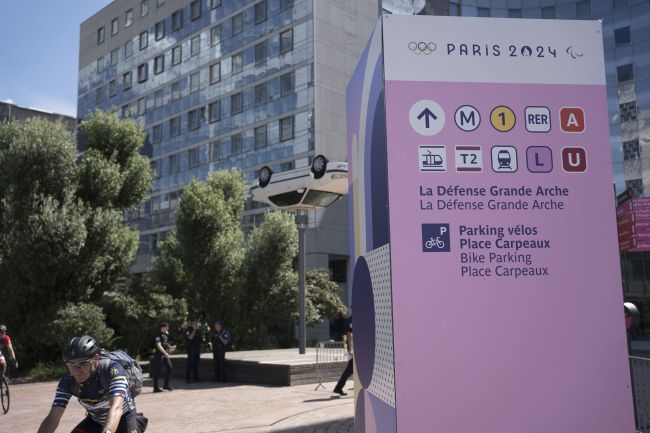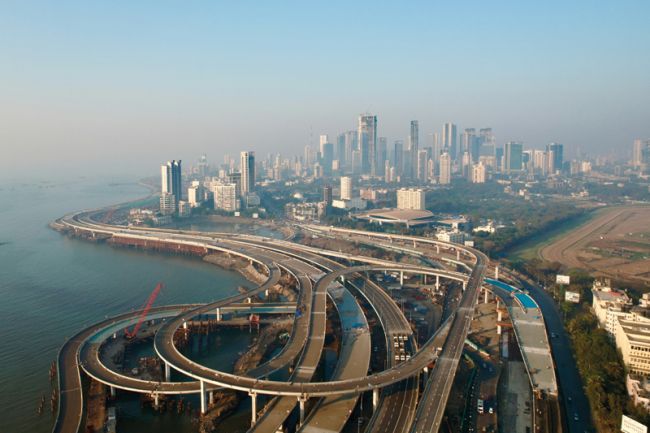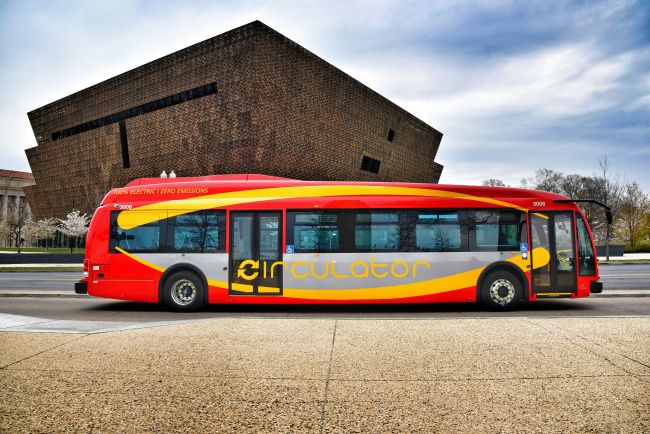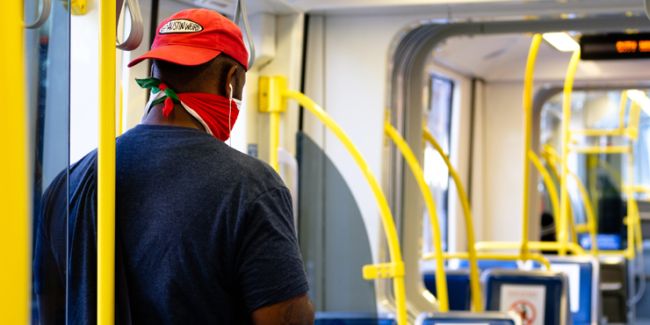A decade of ferry demand modeling in the New York Harbor
The process for developing expansive demand forecasting models can be quite time- and cost-intensive.
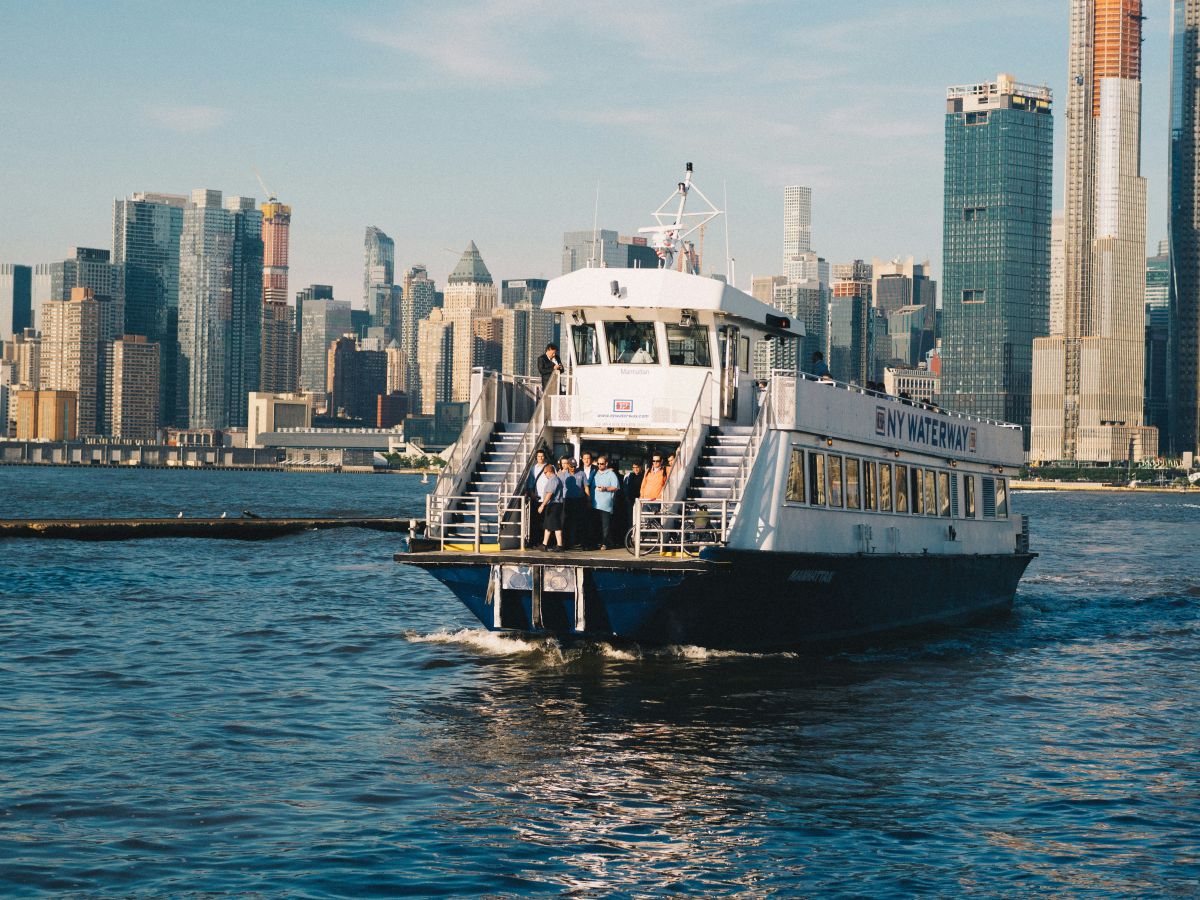
The process for developing expansive demand forecasting models can be quite time- and cost-intensive. An effective way to balance this is by building a model in stages that mirror the steps many new transit services go through. Our team applied this process when developing the forecasting models used in the recent 2018-2019 NYC Ferry Expansion study.
As a result of the success of NYC Ferry’s initial six-route system, there was citywide interest in further expanding the study and widening the ferry service to potential new landings and routes. The study presented the opportunity to implement another round of improvements to the demand models, which were initially developed in 2009 and updated in 2013. This most recent round of updates included the incorporation of GPS-based trip data, location-specific mode choice models, and the fine-tuning of model parameters based on the existing service and recent customer surveys.
While the updates themselves were fairly typical of periodic updates to demand models, they represented a significant jump in the model’s capabilities. With these updates, the model was able to predict non-commuting trips, which allowed our team to forecast weekend, evening and tourism ridership. The original models were initially focused on understanding commuter demand, limiting their ability to forecast ferry demand for a wide range of trip purposes/market segments.
The initial models developed in 2009 focused on forecasting commuter demand for ferries, which is a, if not the, key to understanding the viability of a new urban transit system. This is a practical way in terms of the level of effort, to develop only as much modeling capability as you need for assessing a service’s feasibility. While focusing on predicting ridership for the core service, the initial model development included the time- and labor-intensive survey exercises required to develop the core behavior choice parameters. This step is often one of the costlier aspects of developing a mode choice model, so it was prudent to focus this first survey on the core commuter markets.
Following the initial model development and the initiation of the East River Ferry (ERF) as a pilot route, a more comprehensive planning study was undertaken in 2013, which included necessary model updates. These updates incorporated lessons learned from the first ferry service as well as an update to the underlying demographic and growth data. The models were also calibrated and validated against the known ridership of the ERF, increasing their accuracy. The 2013 study resulted in the implementation of NYC Ferry’s first six routes.
Between the 2013 and 2018-2019 studies, a separate effort was undertaken to develop standalone choice models for Staten Island. This was as a result of Staten Islanders exhibiting different modal choice preferences than residents of other areas of NYC. These Staten Island models were also incorporated into the demand models used for the 2018-2019 study.
The decade-long process of periodic step-wise updates was an excellent example of how a core model can be developed as part of a potential service’s feasibility study, and then be incrementally improved and expanded as a new transit service grows.
By Mario Scott




